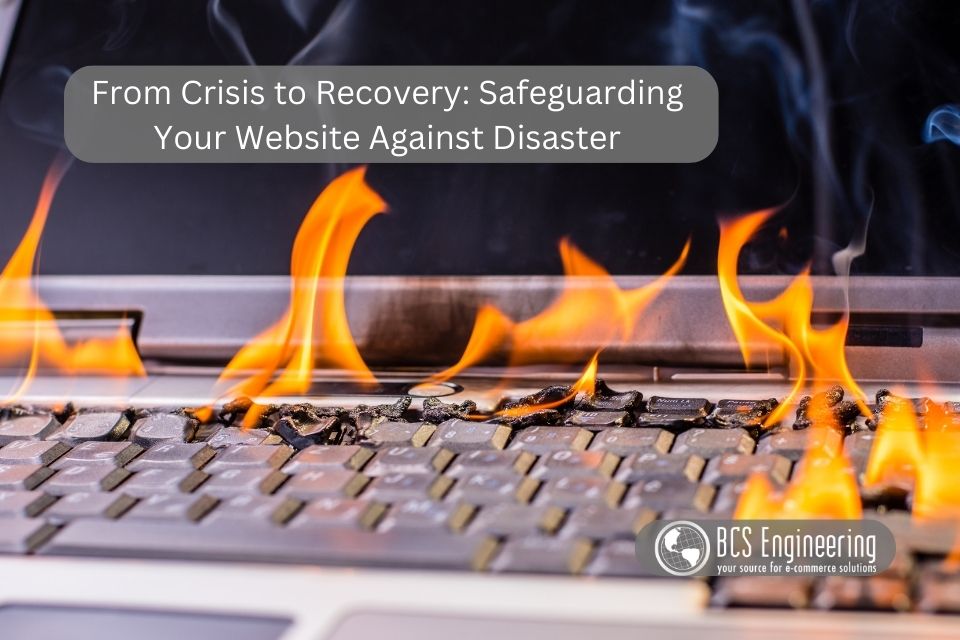One moment your site is working as expected, the next it’s suddenly down and inaccessible: Website disasters can easily sneak up on us. Are you prepared?

What are website disasters?
Website disasters refers to any scenario where the functionality and accessibility of your site is heavily impacted, disrupting business as a whole. Examples of website disasters include your site crashing and going down for a period of time, security breaches, and loss of critical data such as user information, content, or configurations. These events impact both your customers and your business workflow, negatively impacting your revenue and reputation.
How can we prevent & recover from website disaster?
Regular Backups
One of the most important preventative measures you or your hosting provider can take is to make regular backups of your site. This includes backing up your site content, configurations, user information, and so forth. How often you update your site should depend on how often your site grows and changes, but once a month or even once a week can help ensure that, if something happens to your site, you can recover your site in the future.
Security Measures
Security threats are always something you should keep in the back of your mind when it comes to doing online business. From using strong passwords for all website related accounts, to keeping your site’s software up to date, it’s important to be aware of any aspects of your site that could be vulnerable to attacks.
Regular Updates
Keeping all the moving parts of your site up to date is imperative. Whether it be security attacks or just unsupported, out of date functionalities, keeping your software, plugins, and themes regularly updated can help you avoid unexpected failures or threats to your website. If you are using a hosting provider, it’s also important to ask how often they update their own servers. After all, even if you have updated your website software on you end, if your hosting provider doesn’t update their server software often, issues could arise unexpectedly.
Monitoring and Alerts
If your site goes down or is about to face a crisis, you want to know as soon as possible! With the help of monitoring tools, you can stay on top of changes in site performance and uptime. Even an analytics tool such as Google Analytics 4 can help you catch issues before they happen, such as large influxes in traffic that your site may not be able to handle. It is important that both your website and the hardware that your website uses are monitored and capable of alerting you when downtime or unusual activity occurs.
Disaster Recovery Plan
Sometimes, even the most prepared sites can run into website disasters unexpectedly: what do you do? Having a disaster recovery plan for when your site goes down is key to speeding up your site’s recovery time. A disaster recovery plan contains guidance on how to respond to various types of incidents, including data breaches, server crashes, and data loss. This plan should detail how to restore your website from backups and who is responsible for specific tasks. By having these plans written up and available to your team, your team can quickly start working towards recovery!
Secure Hosting
Sometimes, your site can go down due to an issue with your hosting provider, blindsiding your personal efforts to keep your site up and running. When choosing a hosting provider, it is important to ask them how they go about keeping your site safe! How often do they make backups? How often do they do software updates? What are their security practices? Ideally, you want your hosting provider to also be taking preventive measures and have disaster recovery plans in case something disastrous happens to their own servers that host your site.
Want to learn more?
Want an insider look at website disasters and website recovery? Listen to our latest eCommerce Made Easy podcast where we share our own experiences with client website disasters and our key tips on how to prevent them!
